As newspapers begin to wind down their print operations, many will take the same course as the East Valley Tribune of suburban Phoenix. Faced with steadily dwindling circulation and a cost structure that doesn’t scale proportionately, the 100,000-circulation daily has scaled back its print schedule to two four days per week. That makes it the largest daily to swallow that pill. The Christian Science Monitor all but abandoned the print market two weeks ago and a few smaller dailies have trimmed Monday or Saturday editions to save money.
The Tribune signaled this move in October, when it laid off 40% of its staff and shifted to a free distribution model. BusinessWeek notes that Wisconsin’s Capital Times took a similar approach last spring, cutting its print schedule from six to two days and abandoning paid circulation in favor of free distribution. The Capital Times had only 16,500 paid subscribers at the time, but that number has increased to 85,000 since the shift was made. Of course, circulation statistics for a non-qualified free publication are practically meaningless, but the number looks good.
Other papers are likely to follow this path. Print isn’t necessarily a bad business, but daily print is becoming a terrible one. Most major metro dailies make the majority of their profit on Thursday and Sunday editions while losing money on Monday, Tuesday and Saturday. It makes sense to start cutting where the revenues are lowest.
Circulation is also a dicey business. While paid circ is marginally profitable for many papers, that isn’t always the case. As the economy deteriorates, it’s going to become more difficult to convince people to pay for information they can get on their computers for free. Advertisers like paid circ, but they’re also learning to accept that the new generation of readers doesn’t expect to pay for information. As the Web has monetized eyeballs, the perceived value of paid circulation has declined.
While the industry debates the question of how to transition newspapers to a viable economic model for the future, papers like the Monitor and the Tribune are blazing a trail that many will probably follow. The cutbacks may be painful, but the brand survives and print continues to play a role in the business, although a reduced one.
Perhaps the newspaper executives who are meeting behind closed doors in Reston, Va. this week will bandy about this idea. Or perhaps not. Jeff Jarvis nails it with this commentary on the hush-hush affair: “These are the very same proprietors of the newspaper industry’s decline. What they need is not the same old executives but new people with new ideas,” he opines. If Jarvis was running the event, “I’d fly in people from Google and a bunch of successful tech companies as well as innovators and entrepreneurs in news and let them do all the talking.” Not a bad idea. Read the comments on his post.
Correction: The original version of this story incorrectly stated that the Tribune had scaled back frequency to twice a week. It actually cut back to four days a week. The Orange County Register has more.




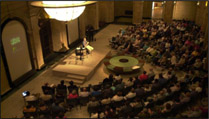
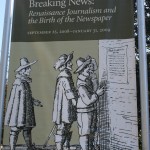
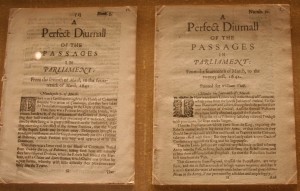
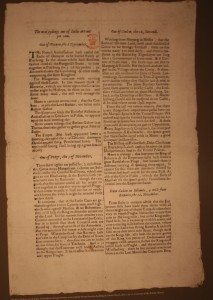
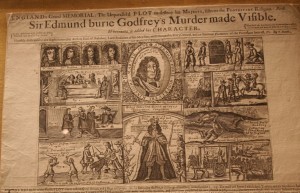
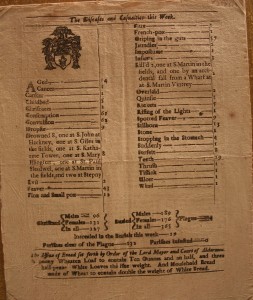

 Rupert Murdoch biographer Michael Wolff says the media mogul was
Rupert Murdoch biographer Michael Wolff says the media mogul was 

